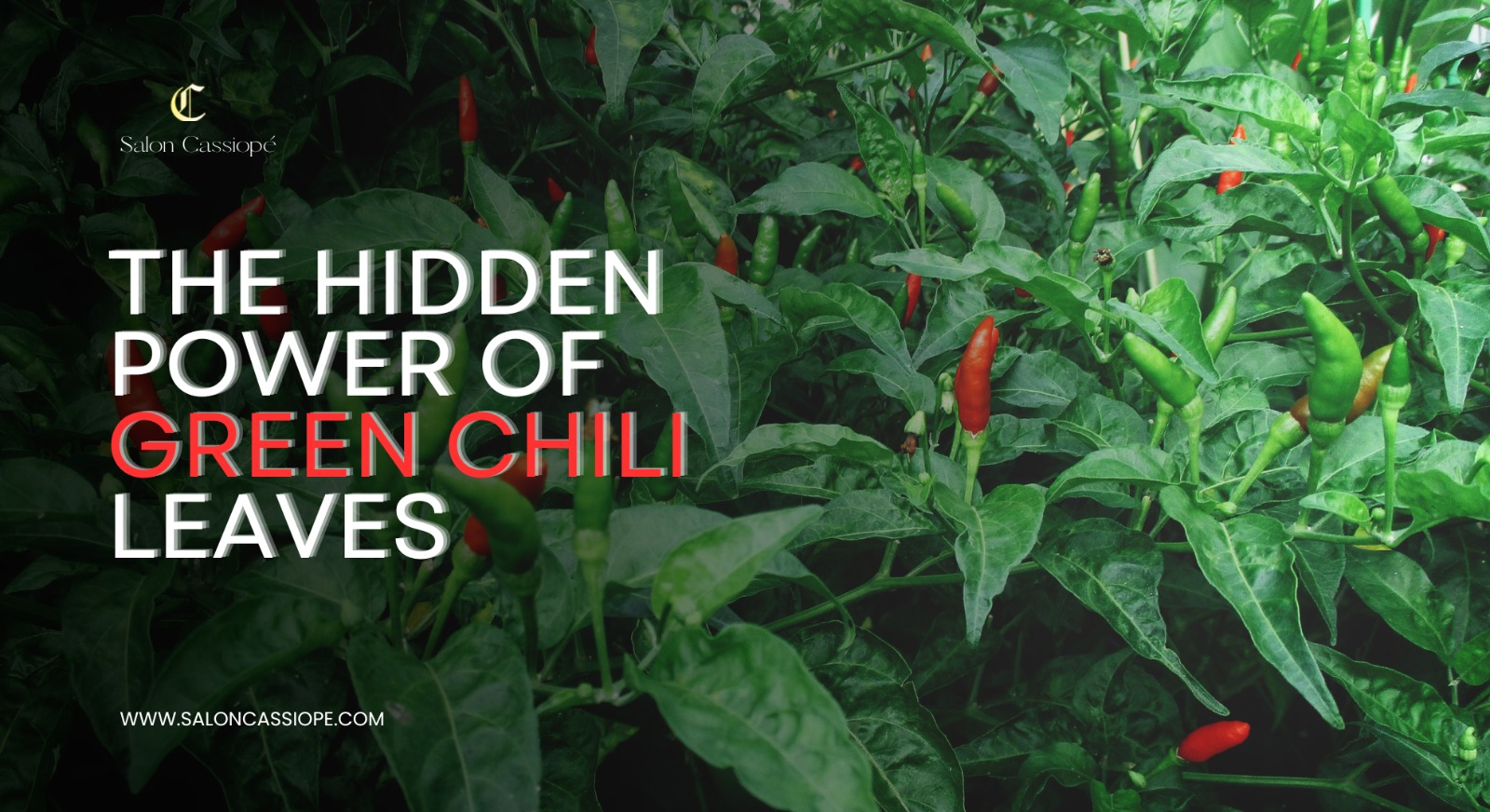Prone to over-working and burnout
People who share Vata / Pitta may be prone to over-working and burnout. You tend to value your work ethic, and it’s easy for you to push yourself too hard when you’re under pressure or in a rush.
skin irritability
Skin irritability is a common sign of Vata and Pitta imbalanced doshas. Vata skin types are dry, rough, and prone to rashes; pitta skins tend to be oily with acne or dry eczema.
In both cases, the skin may also be sensitive to sun exposure and react strongly to chemicals in cosmetics or house cleaning products.
aching joints and muscles
Joint and muscle pain are common to people who share Vata and Pitta. The joints are dry and stiff, while the muscles are tight, weak, or sore.
Vata individuals tend to feel more discomfort in their joints during cold weather (due to an increase in the air element).
Pitta individuals tend to experience more joint and muscle discomfort during hot weather (due to increased fire element).
An excessively busy mind
The mind is the seat of thoughts, decisions, and emotions. It is also the medium through which we experience the world. When your mind is excessively busy—whether from obsessive worrying or an inability to focus on one thing at a time—it’s a sign that you may have imbalanced Vata or pitta energy in your body.
Vata governs movement, air, and space (including our breath). It creates motion in the body and mind by either stimulating or calming down nerve impulses throughout your body.
Pitta regulates digestion and metabolism through its heat-generating properties; this dosha can lead to skin rashes when it becomes too active.
Both Vata and Pitta are associated with excess energy: Vata tends toward excessive activity, while Pitta tends toward the overproduction of bile related to metabolism.
Skincare tips for combination doshas:
Skincare for Kapha/Vata
Of course, using a combination of products will help you take the best possible care of your combination dosha skin. I advise using the Purifying range for Kapha/Vata types in the spring and the Radiance range in the fall. While paying attention to the season and how you feel on any given day.
Use the Radiance toner, exfoliate with the Purifying line, and combine the Purifying day cream and Radiance facial oil for the remainder of winter months.
When choosing a night cream, consider whether your skin is heavy, oily, or dry and needs tender loving care. Use the Radiance night cream if your skin feels dry at night and the Purifying night cream to balance congestion and oiliness. Body oil should be warmed before use.
Skincare for Vata/Pitta
This skin type can experience extreme dryness in the winter, however, during the Summer or due to hormonal fluctuations, oily and acne-prone.
Vata/Pitta types do best when they use the Radiance moisturizer and Soothing facial oil most of the time, the Radiance face wash in the morning, and the Soothing face wash at night.
Select the Radiance toner as well. Using the Reviving body oil is a great way to nourish this body type.
Because the mixture of ingredients balances Vata and Pitta very well, always take your time and be mindful when performing your skincare routine. Additionally, devote at least 15 minutes to your entire self-massage routine.
Skincare for Pitta/Kapha
This combination type is more prone to congestion and oilier skin. Exfoliation is, therefore, beneficial to keep things feeling fresh throughout the Spring and Summer. For this, try the Purifying exfoliator.
Use the Purifying day cream. Additionally, apply the calming night cream before bed, along with the calming facial oil.
The Purifying line can help lift and clear the skin and the mind when it comes to toner. Dry body brushing regularly is very beneficial for this dosha type.
Play around combining the products that are effective for your dosha type. Try to do this three times a week before taking a shower to help the lymph system and clear any stagnation. But pay attention to what your body is telling you as well.
Conclusion
Many people are primarily Vata, Pitta, or Kapha, but if you take a dosha test and find that your scores for two dosha types are equal or very close, you are most likely a combination of the two.
When this is the case, paying attention to both doshas is essential. If you have a combination dosha, it’s best to work on the way to keep them balanced rather than trying to focus on one dosha. This can be done with diet, exercise, and lifestyle changes.





